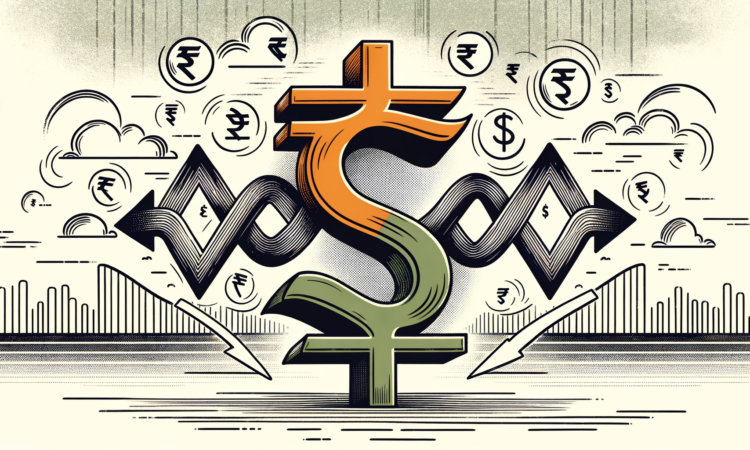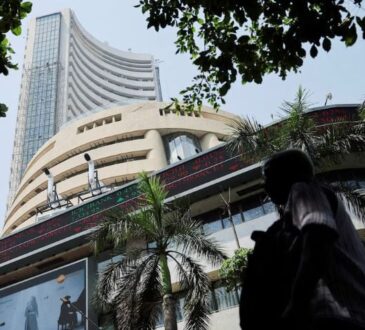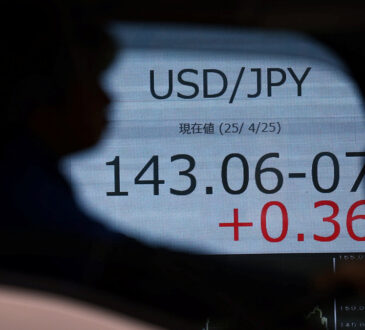
What’s going on here?
The Indian rupee held its ground on Monday, trading at 83.5350 to the US dollar by mid-morning, a slight rise from its previous close of 83.5325.
What does this mean?
The rupee’s stability reflects the market’s anticipation of dollar inflows related to the inclusion of Indian bonds in the JPMorgan emerging market debt index. Expected to attract around $2 billion in passive inflows by June 28, this move could offer significant support to the Indian currency. However, this positive sentiment is outweighed by the weakening Chinese yuan and Japanese yen, which are both falling against a robust US dollar. Driven by expectations of steady Federal Reserve interest rates and strong US business activity at a 26-month high, the US dollar’s strength indicates a resilient economy, further challenging Asian currencies.
Why should I care?
For markets: Navigating the choppy waters.
Market fluctuations are expected to be choppy this week due to the combined pressures of anticipated inflows and a strong US dollar. Despite the rupee’s slight upward bias, its performance is influenced by broader market dynamics, including Japan’s readiness to intervene in currency markets if needed.
The bigger picture: Global economic shifts at play.
The broader economic landscape sees a strong US economy contrasting with weaker Asian currencies. This dynamic showcases the interconnectedness of global markets, where US monetary policy and economic performance have far-reaching effects, influencing currency stability and investor behavior worldwide.




